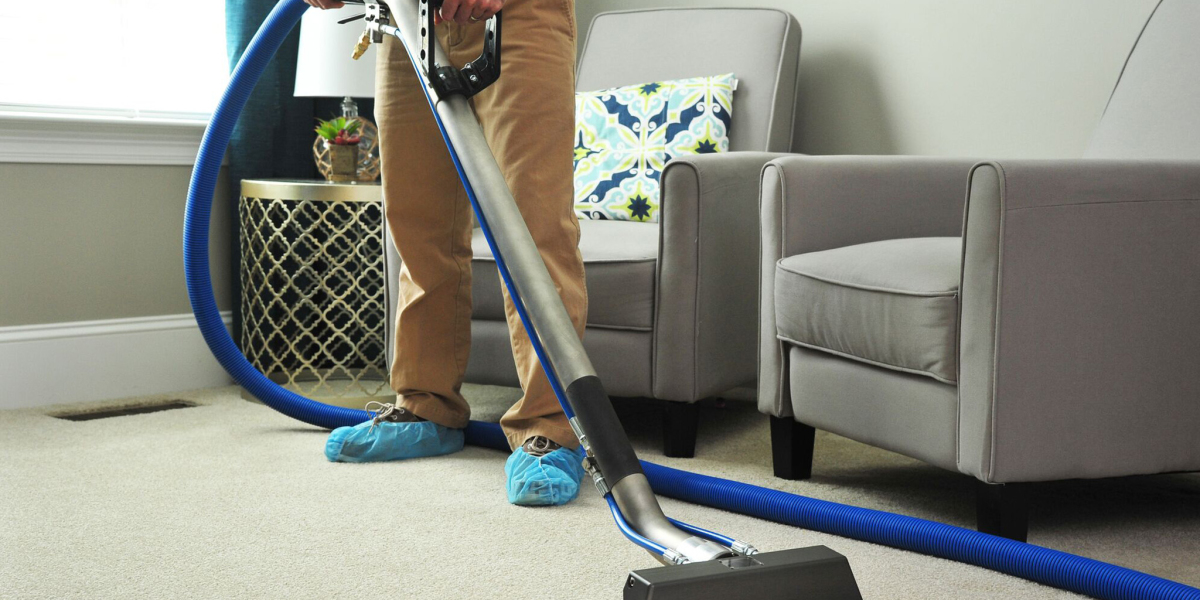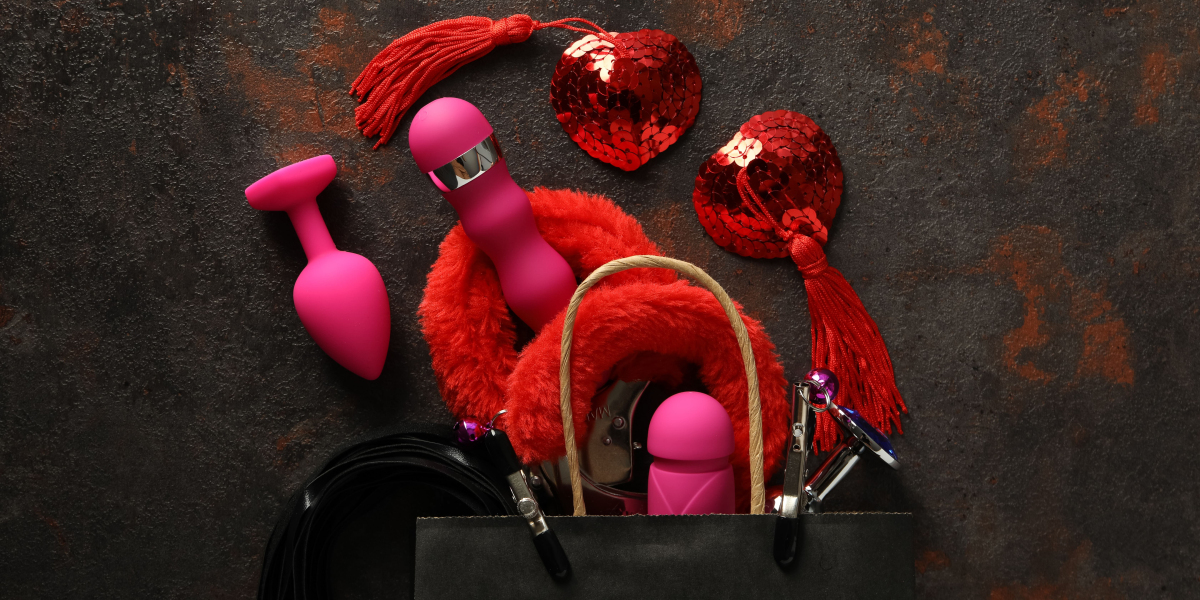Unlock the Secret: Which Wheel Type Will Transform Your Stroller Experience?
Choosing the right wheel type for a stroller is crucial for both comfort and functionality. When it comes to strollers, the two primary types of wheels are air-filled and foam-filled. Each type comes with its own set of advantages and disadvantages that can significantly impact your experience. Understanding these differences is essential for making an informed decision that aligns with your lifestyle and needs. This article aims to delve into the characteristics of air-filled vs foam-filled wheels, helping you determine which type will enhance your stroller experience the most.

Understanding Air-Filled Wheels
Air-filled wheels, as the name suggests, are constructed using an inner tube that holds air, similar to a bicycle tire. This design allows for a certain degree of flexibility, which is instrumental in providing a smoother ride. One of the most significant benefits of air-filled wheels is their exceptional shock absorption capabilities. When navigating uneven terrains, such as gravel paths or grassy parks, these wheels can cushion the impact, making the journey much more comfortable for both the child and the parent pushing the stroller. Moreover, air-filled wheels generally perform better in outdoor conditions, offering a balance of traction and cushioning that can enhance overall performance.
Drawbacks of Air-Filled Wheels
Despite their advantages, air-filled wheels do come with some drawbacks. One of the primary concerns is the risk of punctures; if you encounter a sharp object, the air-filled wheel can get damaged, leading to an inconvenient flat tire. Additionally, maintaining air pressure is essential, meaning regular checks are needed to ensure the wheels are adequately inflated. They can also be heavier than foam-filled options, which may be a consideration for parents who need to lift their strollers frequently.
Exploring Foam-Filled Wheels
Foam-filled wheels, on the other hand, are made from solid foam that mimics the cushioning effect of air without the maintenance hassles. The absence of air means that these wheels are puncture-proof, eliminating the worry of flats entirely. Foam-filled wheels are known for their durability and are particularly well-suited for smooth surfaces, making them an excellent choice for urban environments or well-paved paths. Parents often appreciate the maintenance-free aspect of these wheels, as they do not require regular inflation checks, allowing for a straightforward and hassle-free experience.
Drawbacks of Foam-Filled Wheels
However, foam-filled wheels are not without their limitations. One significant drawback is their reduced shock absorption compared to their air-filled counterparts. This can lead to a rougher ride, especially when traversing bumpy or uneven surfaces. As a result, parents may find that their strollers equipped with foam-filled wheels do not perform as well in outdoor conditions where terrain can vary. Additionally, while they are durable, foam-filled wheels may not provide the same level of comfort during long outings.
Comparative Analysis: Air-Filled vs Foam-Filled Wheels
When comparing air-filled and foam-filled wheels, several factors come into play. Performance-wise, air-filled wheels excel in providing a smoother ride on uneven surfaces, making them the preferred choice for outdoor adventures. In contrast, foam-filled wheels shine on smooth terrains and require minimal maintenance. In terms of comfort, air-filled wheels generally outperform foam-filled ones due to their superior shock absorption capabilities. However, foam-filled wheels win on durability and ease of use, as they are puncture-proof and do not require inflation. Ultimately, the choice between the two depends on the environment in which you intend to use the stroller, as well as the frequency of use.
Making the Right Choice for Your Stroller
To determine which wheel type is best for your stroller, consider your individual needs and typical usage scenarios. If you frequently navigate through parks or uneven terrains, air-filled wheels may be the better option for you, providing comfort and performance on challenging surfaces. On the other hand, if you primarily use your stroller on smooth city streets or paved paths, foam-filled wheels could be an ideal choice, offering durability and a maintenance-free experience. Additionally, think about how often you plan to use the stroller and your comfort with handling potential maintenance tasks. Your personal preference will also play a significant role in making the right decision.
Choosing the Best Wheel Type for Your Needs
In summary, air-filled and foam-filled wheels each come with their unique set of advantages and disadvantages. Air-filled wheels provide better shock absorption and comfort on uneven surfaces, while foam-filled wheels offer durability and require less maintenance. It’s essential to weigh these factors carefully and consider your lifestyle, typical terrain, and personal preferences before making a decision. By doing so, you ensure that your stroller experience is not only enjoyable but also tailored to your specific needs.








